Tonight we worked more on alignment of the WFS pupils (both WFS’s). At the start of the night we attached a cardboard “knife edge” to the ASM so that we could compare the primary mirror and secondary mirror images.
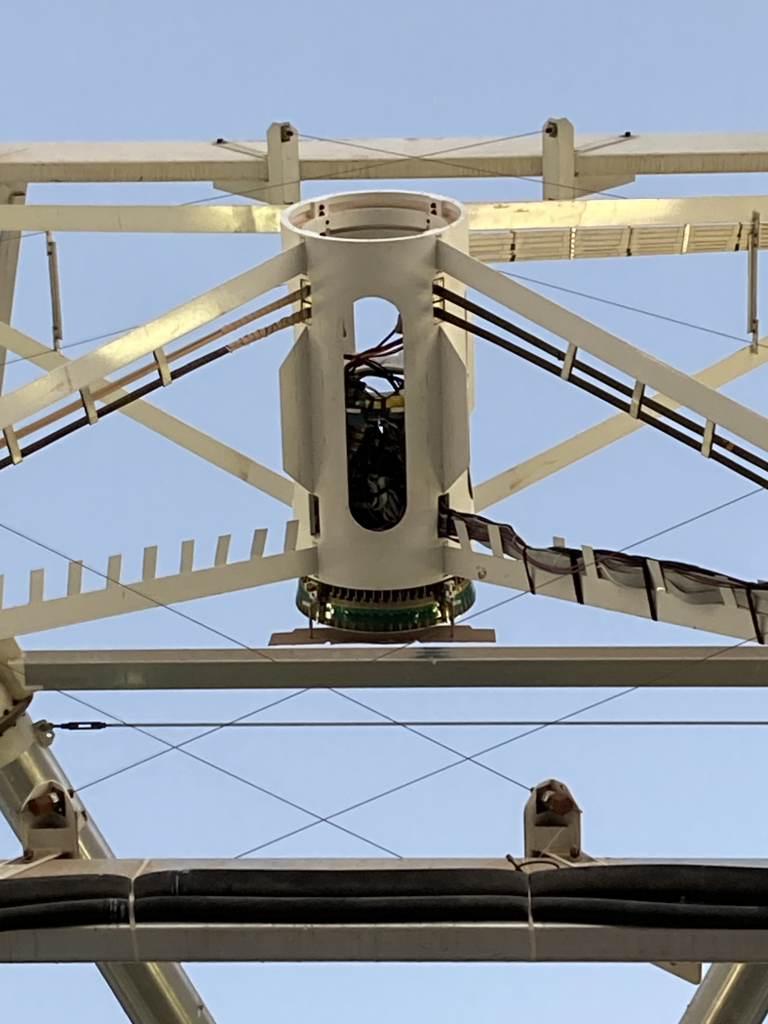
Here’s the resulting image on the ZWO:

And here’s the result on ARIES:

And here are the Vis pyramid pupils:
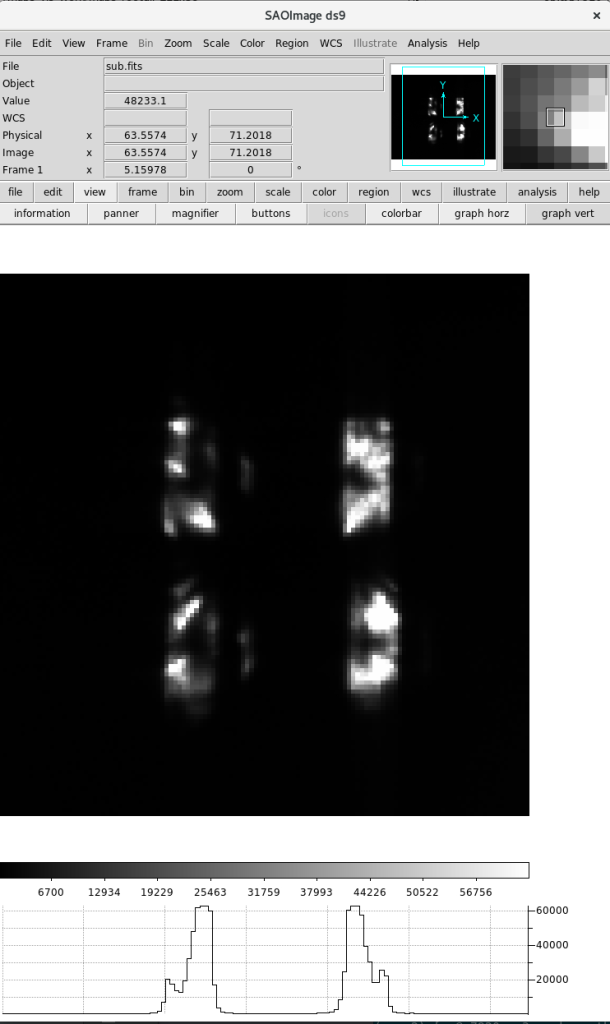
Checking optics/focus: double knife edge test using primary mirror cover partially lowered and cardboard over ASM (mounted on posts). VIS: – Expectation: one edge would be sharper if said edge was closer to point of focus. – Observation: neither edge is sharp. Fall off on both edges is about 3 pixels on viswfs_pupils. – Assessment: Focal point is near primary, pupil plane inside topbox is somewhat correct.
Next we worked on the IR WFS. We could see the IR source on the SAPHIRA, but only just barely could see the white-light source, and when we went to a really bright and red star (Arcturus) we couldn’t see it. The dark counts were around 30,000 and looked normal (the full well depth is around 100,000), but when Suresh did an up-the-ramp test (which usually saturates after ~20 steps) it saturated after ~5 steps, and wasn’t enough steps to see if it was linear. So now we think either there is a thermal short or some thermal problem, or perhaps a readout/reset problem. TBD.
So we went back to Vis WFS alignment. Oli and Grant did some experiments changing the negative lens (first adjusting it, then removing it completely). Here is one result:
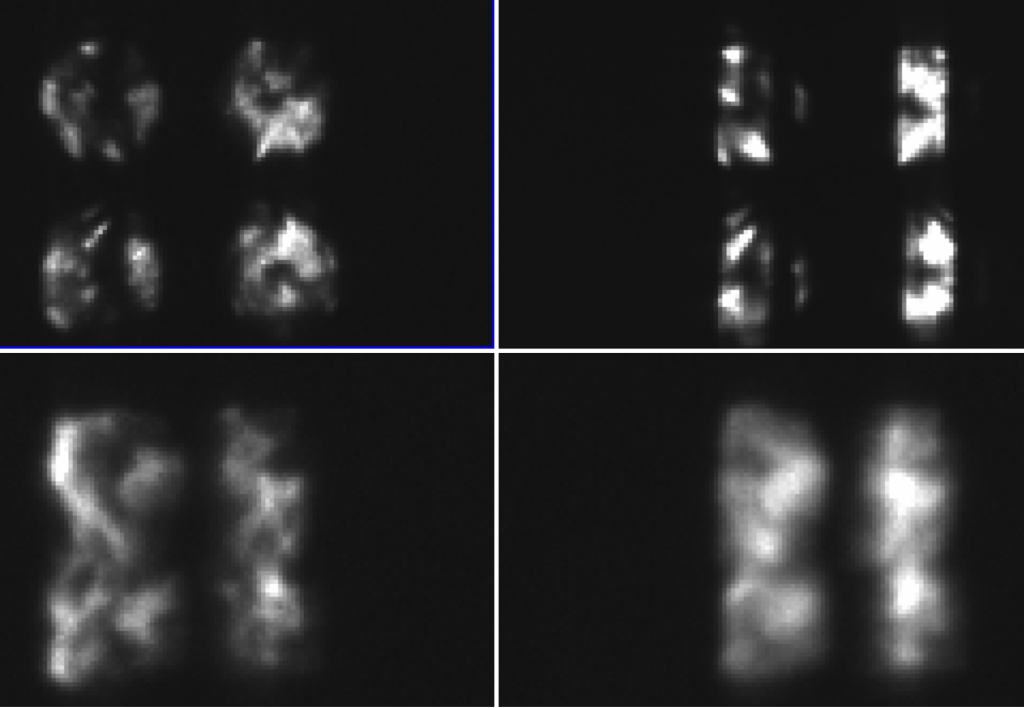
We were closed for high winds from around 1:50am-3:30. During this time we put the negative lens back in. When we opened again we checked it out:
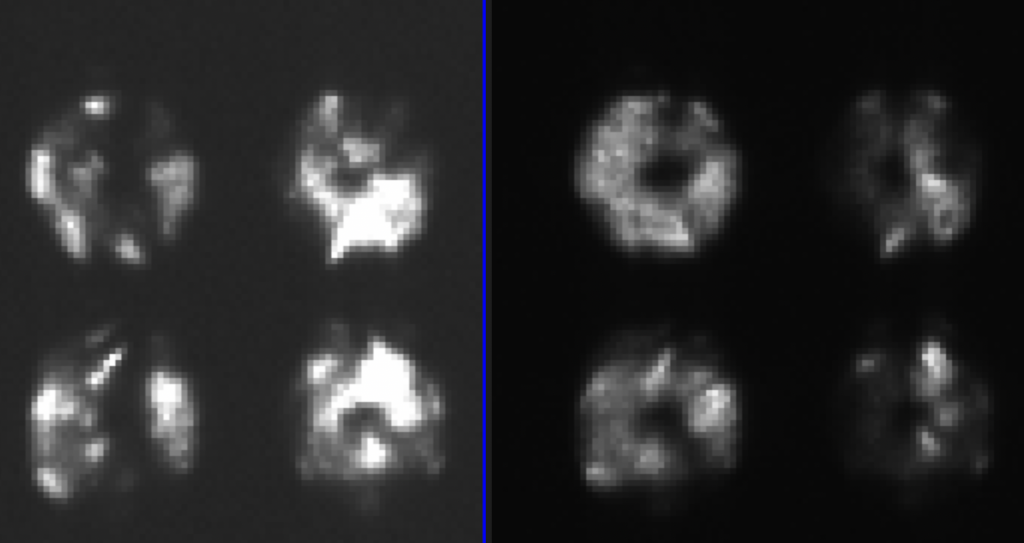
We also tested going to a fainter (almost 7th mag) star and saw that we have plenty of photons on the CCID-75. Now with the winds close to our limit and having completed our engineering tests, the next thing is to get back to working on AO calibrations, but it was too close to dawn to get anywhere especially fighting the almost-limits-winds, so we called it a night.
Meanwhile at the conference there were great talks by Robin, Eden, and Jacob:
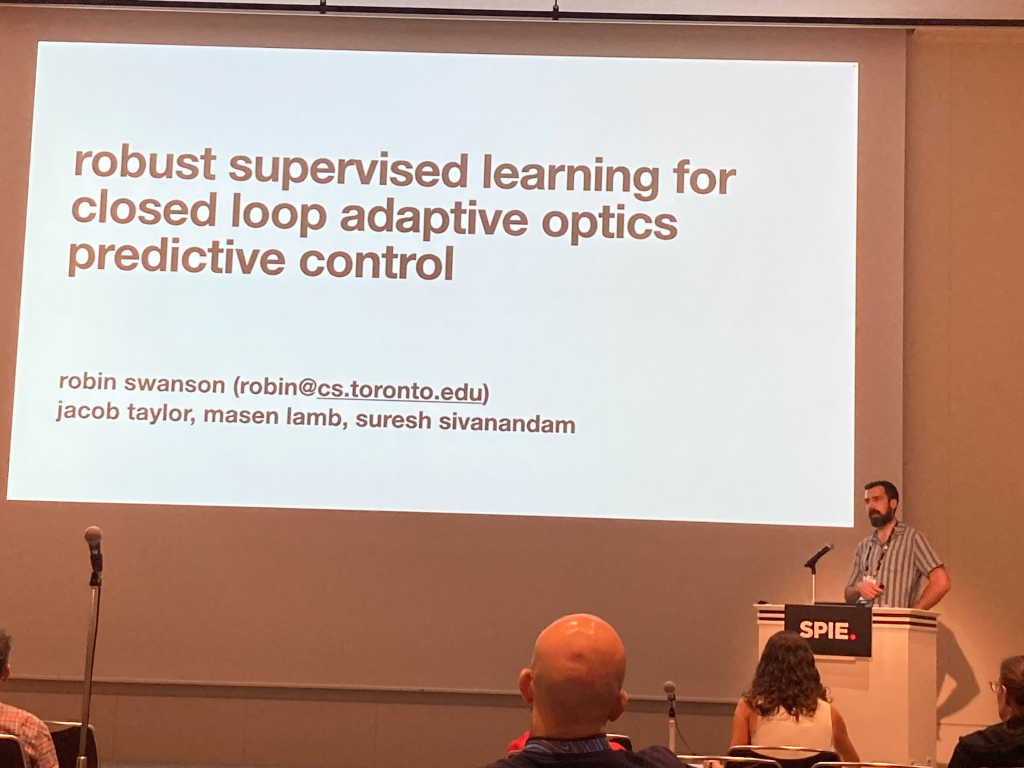
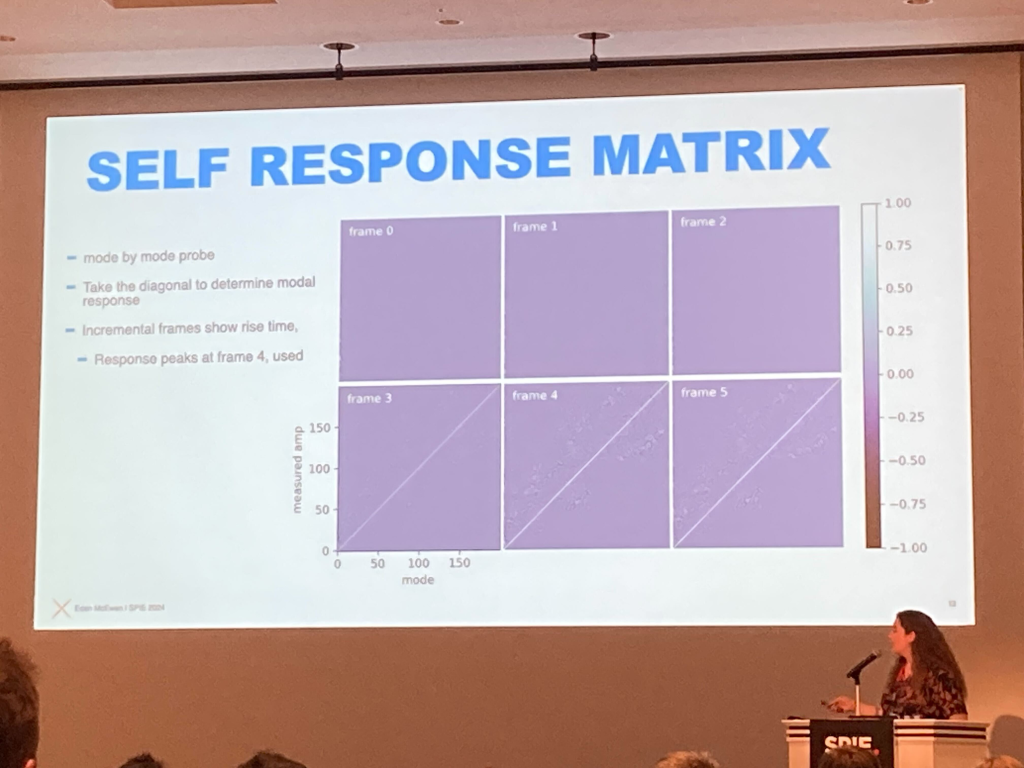
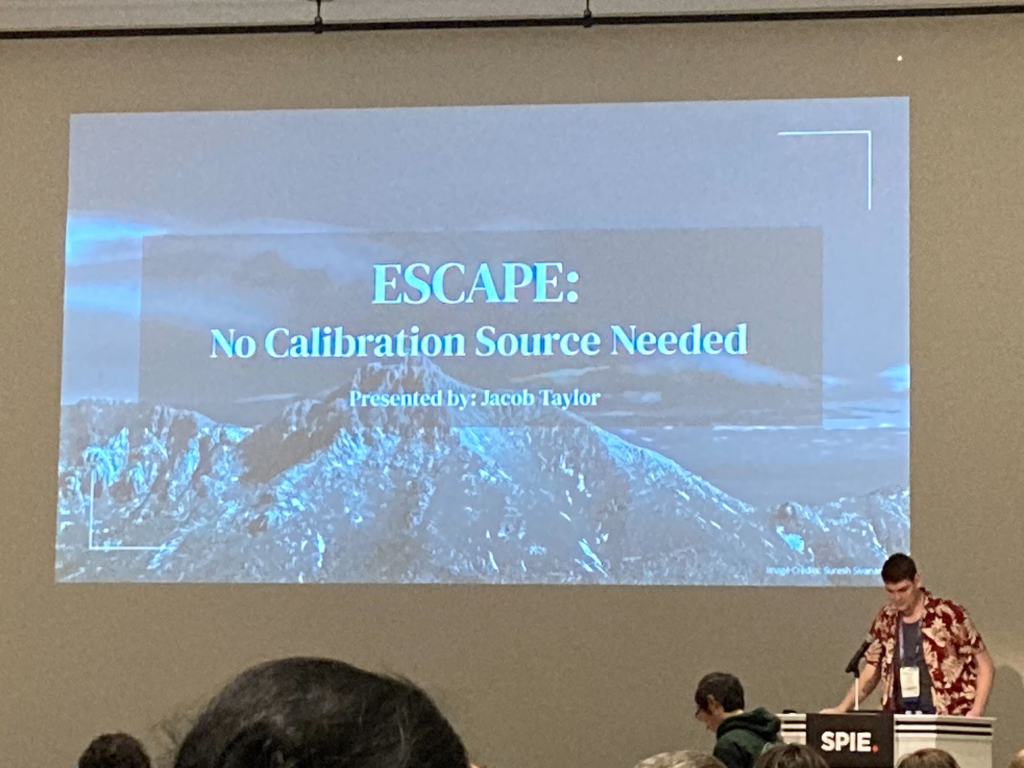
Word of the day: “Sumimasen” — excuse me.